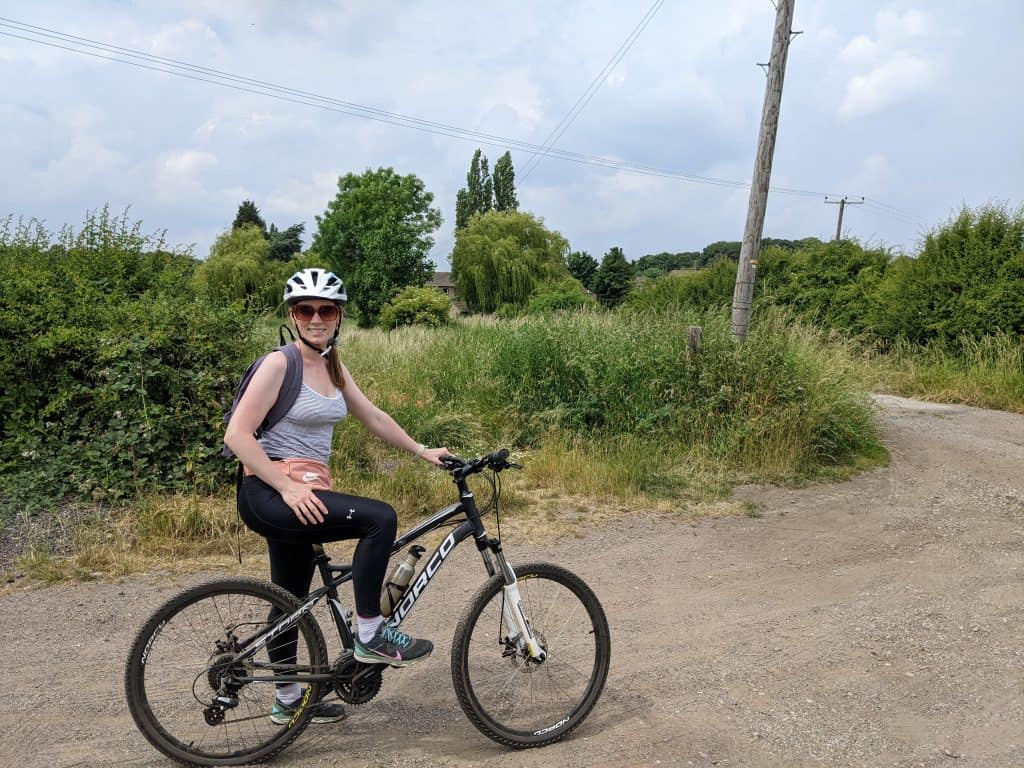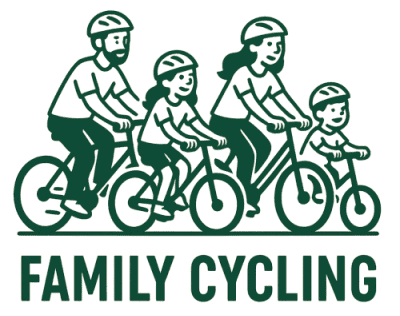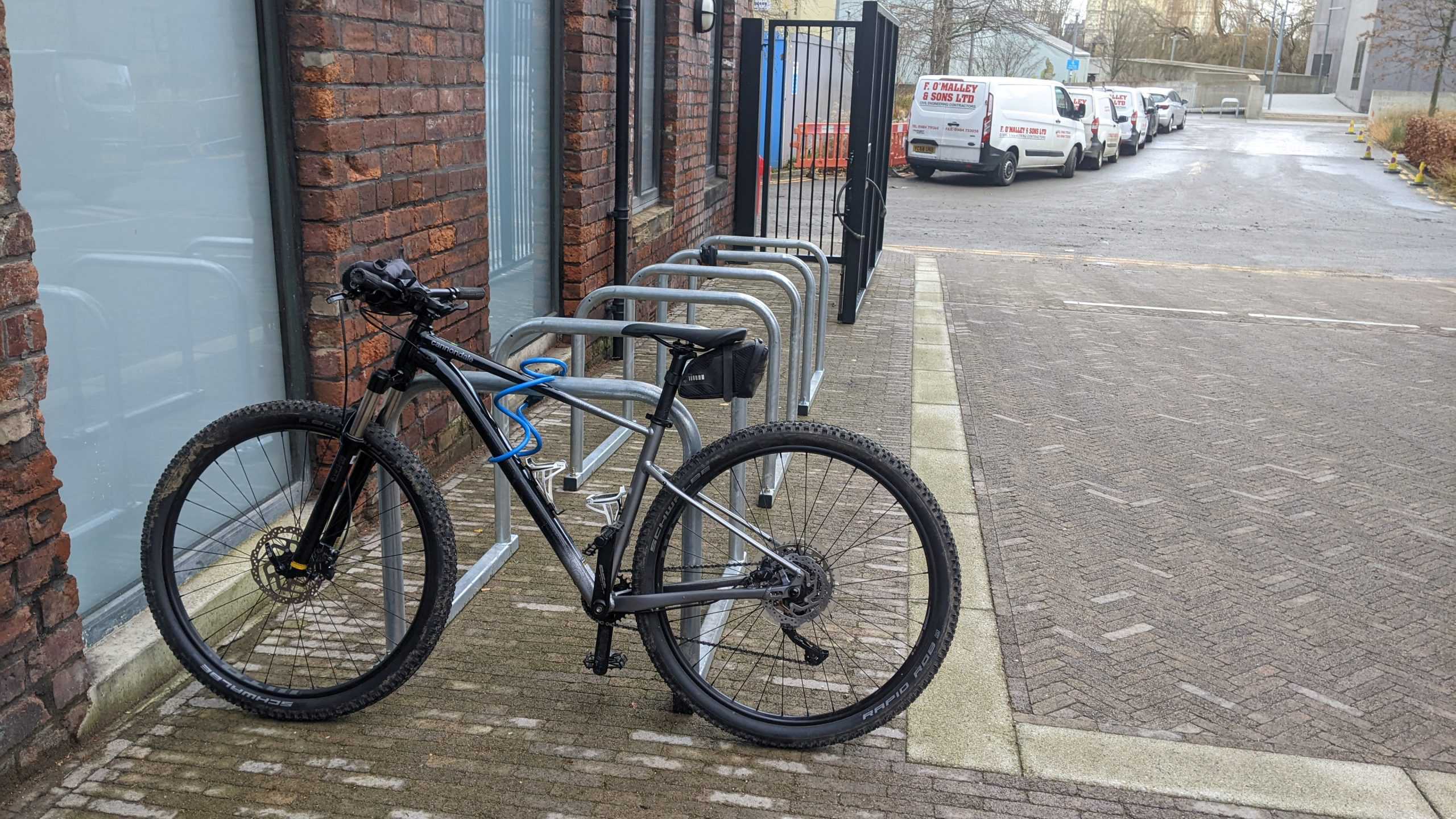Cycling, as a physical activity, is known to have profoundly positive effects on mental health, and it’s especially important when considering the mental health crisis in the UK, particularly among men. Suicide rates in the UK show that men are three times more likely than women to take their own lives, and engaging in regular physical activities like cycling can help mitigate stress, anxiety, and depression.
But how do we get the everyday individual started when they feel financially squeezed after years of inflationary pressures?
Why Cycling Is Accessible to Everyone
It’s often believed that cycling requires expensive equipment, particularly in the UK, where there’s a stereotype that only the middle class can afford high-end road bikes for weekend rides. Although I have no qualms with those spending their weekends on road bikes, I’m trying to convert this perception into a positive opportunity for all.
Cycling doesn’t need to be perceived as an exclusive or expensive pursuit. It’s possible to get started on a modest budget, and a second-hand or budget bike can be just as effective for maintaining health and fitness.
I want to see more families out cycling, and more dads using a bike on the school run in normal clothes on run-of-the-mill bikes.
I practice what I preach, as all of my bikes (and my wives) are second-hand, and unless you are looking to take things seriously and cycle for speed, most second-hand bikes will do the job to begin with.
Why It’s OK to Start with a Second-Hand or Cheap Bike
Functionality Over Flash:
A second-hand bike often performs as well as a new one if properly maintained. Many bikes sold second-hand, especially through platforms like Facebook Marketplace, are barely used and were bought as lockdown impulse buys in 2020. Loads of people took up cycling as a way to ‘get out’ of the house within the allocated exercise time.
The beauty of bikes is that, within reason, age is just a number. Pretty much all the components can be replaced, so picking up second-hand is a no-brainer.
Minimising Waste:
Buying a used bike supports sustainability by reducing waste and extending the lifecycle of products. It’s estimated that as many as 15 million bikes are discarded each year globally. This is a frightening statistic and highlights the consumerist mindset of the planet.
People’s initial thought is to click a few buttons on their phones and trawl retailers when buying something. It’s the dopamine hit that buying something gives them.
With bikes, thousands are lying around in people’s garages. They may one day decide to sell and stick them on eBay. It’s a win-win for both sides: you get a bargain bike, and someone gets a few quid for clearing out their garage. Landfill wins too!
Upgrade Later:
Once cycling becomes a habit and you’re riding regularly, you can upgrade your bike if needed. The most crucial thing is to get started, and you can always refine your kit as you progress.
I’ve got a couple of bikes now, as I find having a spare is always handy if you need any repairs on your primary bike. My wife and I share the Norco bike, as it’s the right size for both of us with seat adjustments. It’s a good backup bike.
My Cannondale was an upgrade from my original Voodoo Bantu, which is a Halfords brand. I found the bike disappointing; however, it was fine to get me started, and I still have it should I ever need it.
The key is to get started; gear refinement can come later.

Where to Find Affordable Bikes
Facebook Marketplace:
A great platform for finding second-hand bikes at a range of prices. You can search within a local radius and find bikes in your area. It seems to be the most popular option now, and it’s where I’ve bought all our bikes. Be sure to ask questions about the bike’s condition, and if possible, try it out before purchasing.
eBay:
Another useful platform, where you can sometimes find great deals on bikes in excellent condition. eBay was originally my go-to, but it now feels slightly more expensive than Facebook Marketplace. Still, it’s worth checking for deals in your area.
Charity Shops:
Occasionally, charity shops will sell donated bikes. This is a way to support a good cause while getting a bike at a low price.
Local Bike Repair Shops:
Many local repair shops sell refurbished bikes, ensuring the bike you buy has been tuned up and is ready to ride. This can be a good option for peace of mind, as you know it’s been checked by the bike shop.
The larger chains (Halfords, Evans Cycles) only seem to sell brand-new bikes, but check out local stores or bike charities to find refurbished options.
Mental Health and Cycling:
I know this may seem to stray away from the primary topic of this post, but I am keen to stress the importance of cycling for the mental health of the UK public. Cycling can be an option for all due to its low-impact nature, and the rise of e-bikes makes it an option for those who might struggle with the physical demands.
It’s cheap, accessible, and can be done right from your front door. I believe more people cycling would help with some of the following:
Male Suicide Rates in the UK:
According to the Office for National Statistics (ONS), in 2022, there were 5,583 suicides registered in England and Wales, of which around 75% were men. This has been a consistent pattern, with men being three times more likely to take their own lives compared to women.
The highest suicide rates among men are often found in the 40-49 age group, and physical activity is known to be an effective way to combat mental health struggles.
Physical Activity and Mental Health:
The Mental Health Foundation reports that regular physical activity, including cycling, can reduce the risk of depression by 30%. Exercise has been shown to release endorphins, the “feel-good” hormones, which are key in alleviating stress, depression, and anxiety.
A study published in The Lancet Psychiatry found that cycling led to a 21% lower risk of experiencing mental health problems among participants who engaged in regular cycling.
Cycling and Its Impact on Men:
Cycling also promotes social connections, which is crucial since isolation is a common factor linked to male suicide. Group rides or solo outings in nature offer men a way to decompress, clear their minds, and have time away from daily stressors. Even solo outings (which I personally do) tend to lead to positive social interactions on route. This is why I prefer trail cycling, as you tend to bump into ramblers, dog walkers, and runners. We always exchange a ‘hello’, and it can do wonders for your overall well-being.
Summary:
I firmly believe that with this mindset, the financial barrier to cycling becomes lower, and the focus can shift towards the positive impacts of cycling on both physical and mental health. You can get started with as little as £100, and this will not hold you back when it comes to getting started.
This approach encourages everyone, especially those who might feel intimidated by the perception of cycling in the UK as something exclusive to the middle class and wealthy.
The only way to get started is to buy a bike, and a cheap, functioning bike is the best way to make the first steps—or should I say pedals.
Happy pedalling!
Last Updated on October 15, 2024 by Ryan
Hello. I am Ryan and along with my wife Beth and our two children Matilda and Barney, we love all things cycling and exploring. We spend our weekends exploring fun places to cycle and discover and wanted to help other people do the same too. There’s no better way to travel than via bike and it’s an amazing activity for the whole family to enjoy.


2 thoughts on “Is it ok to ride a cheap, second hand bike?”